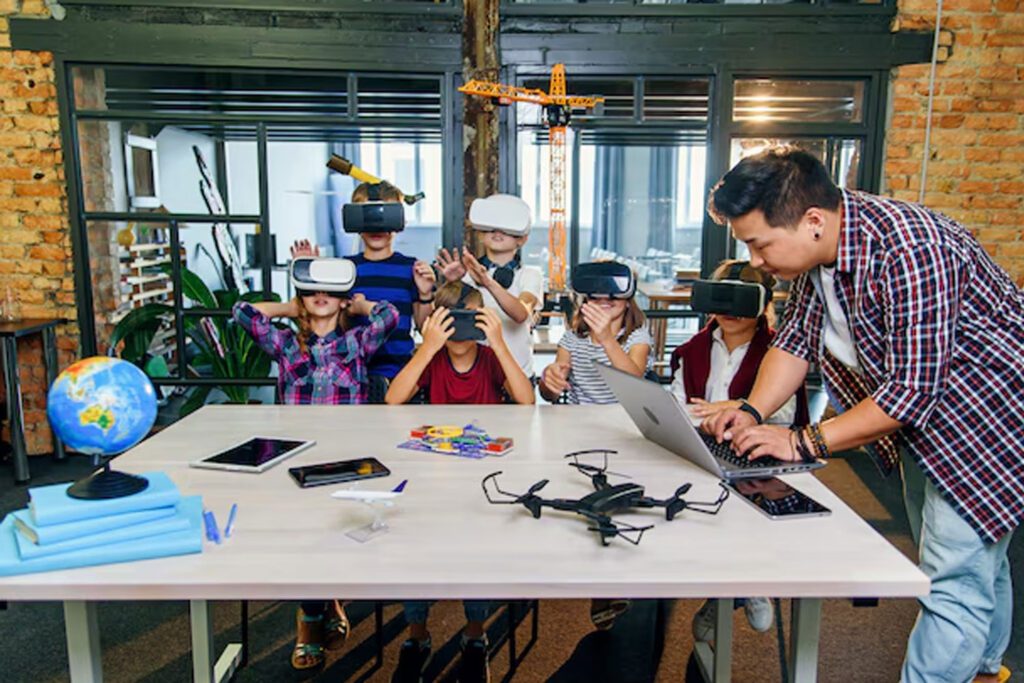Raghav Vasal, CEO, Vasal Education

In today’s rapidly changing educational landscape, technology and digital innovations are playing a transformative role in shaping how teaching and learning are conducted. The integration of advanced tools and methodologies is paving the way for a more personalised, highly engaging, and constructive educational experience. Being at the forefront of this transformation is essential for success.
Personalised education has taken a giant leap with the help of learning management systems, adaptive learning platforms, data analytics, and AI-oriented assessment tools. Education must move beyond traditional methods to offer students personalised learning options that match their pace, build on their strengths, and help them overcome challenges. Smart technology provides teachers with the tools needed to create custom learning paths, keeping students excited and motivated.
Exploring innovative avenues opens invaluable opportunities to expose both teachers and learners to engaging student experiences, providing access to information and preparing them for a competitive future. The integration of emerging technologies like AI, VR, AR, and gamification in schools transforms lessons into immersive experiences, making learning more engaging for all. With these innovations, classrooms become hubs of curiosity, creativity, and collaboration where students are eager to explore and discover.
In a world where technology is everywhere, knowing how to navigate it is just as important as reading and writing. It’s crucial to continuously motivate learners to become digital ambassadors through an innovative and holistically designed curriculum. This helps them not only prepare for today but ensures they can adapt, innovate, and succeed in a tech-driven future.
Schools are increasingly adopting hybrid learning models to promote inclusivity, engagement, and flexibility for both teachers and learners. These models encourage self-management and independent learning, offering students the freedom to learn from any location, revisit materials at their own pace, and engage in in-depth asynchronous discussions with peers.
Cybersecurity is vital in education, not just for securing information but for fostering a culture of safety. Educators, administrators, and technology providers must collaborate to implement strong cybersecurity measures that protect students’ personal information. Equally important is teaching students how to safeguard their own data and recognise potential online risks. Empowering learners with the knowledge and tools to protect themselves helps build trust and create a secure learning environment for everyone.
Looking toward the future, educational ventures are set to harness the evolutionary potential of educational technology by adapting it wholeheartedly and meaningfully. This will create learning environments that are captivating, motivating, and empowering, transforming learners into internationally minded global citizens.


